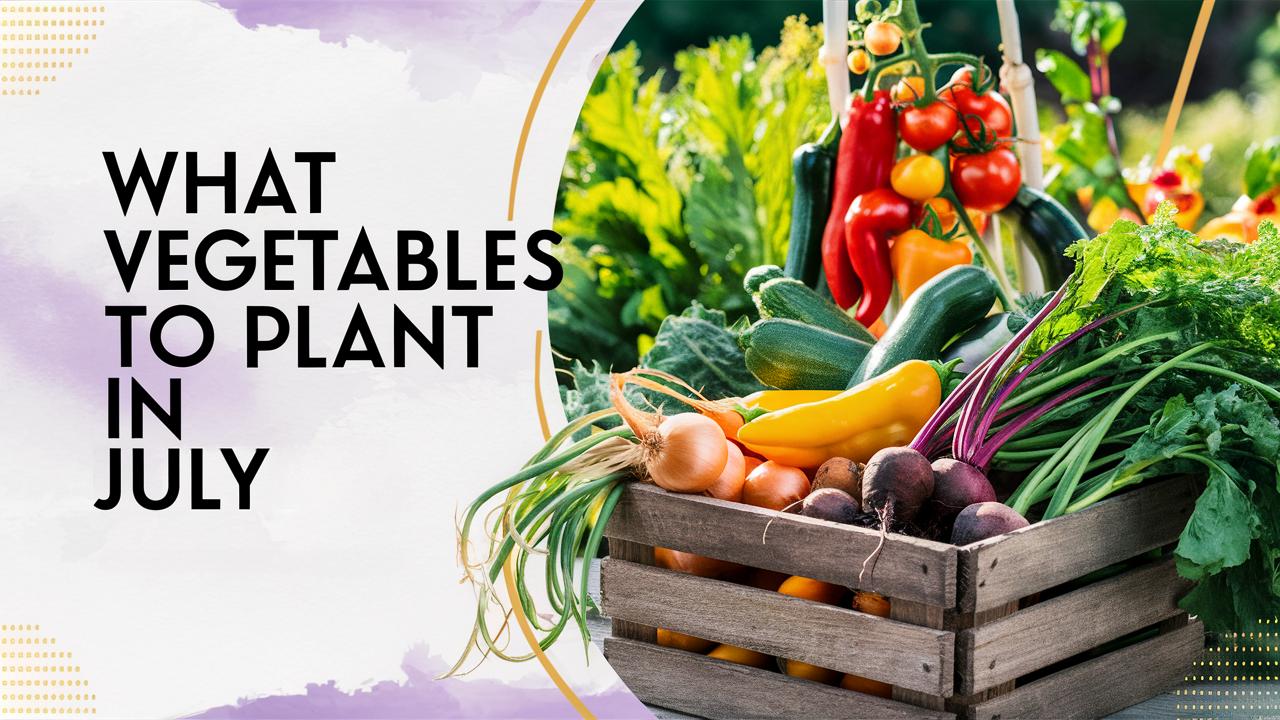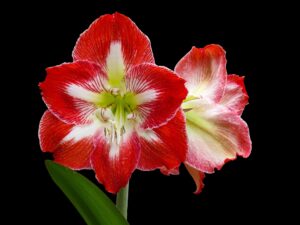In this guide, we’ll dig into the vegetables you can plant in July in zones 2 to 11 in the USA.
Zones 2 and 3
Gardening in Zones 2 and 3 can be challenging due to the shorter growing seasons and cooler climates. However, with thoughtful selection and diligent care, you can cultivate a vibrant vegetable garden in July. Here are some excellent choices for your planting endeavors:
Arugula
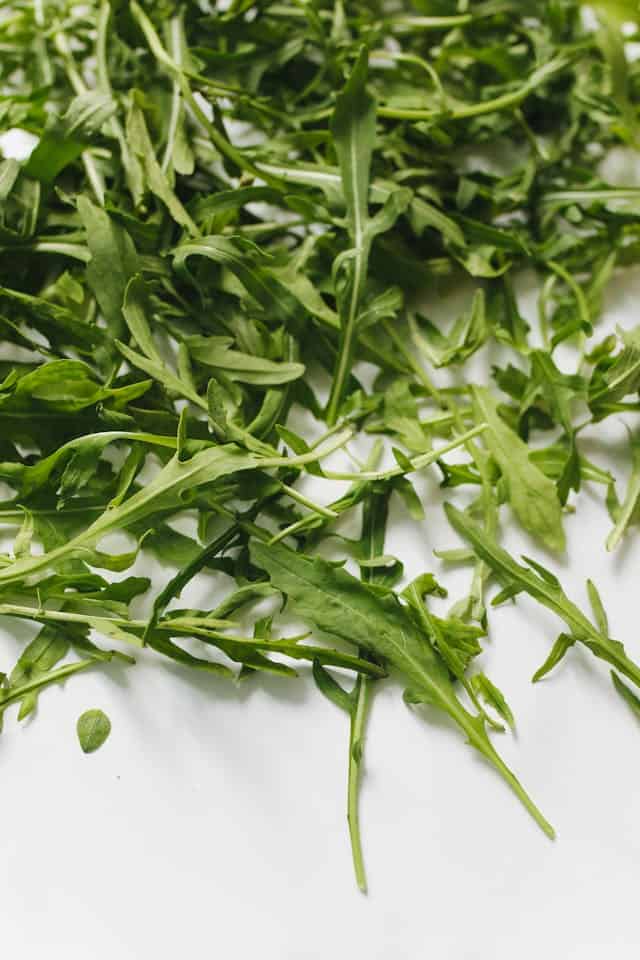
Arugula is a fantastic leafy green that thrives in the heat of summer. This fast-growing plant can reach maturity within three to four weeks, making it perfect for a July planting. With its peppery flavor, arugula adds excitement to salads and can be enjoyed raw, sautéed, or in pesto. When planting, ensure the seeds are sown approximately half an inch deep, with a spacing of about 1 inch between each seed. Water regularly to keep the soil consistently moist, and consider offering some afternoon shade to protect them from the harsh sun.
Beans
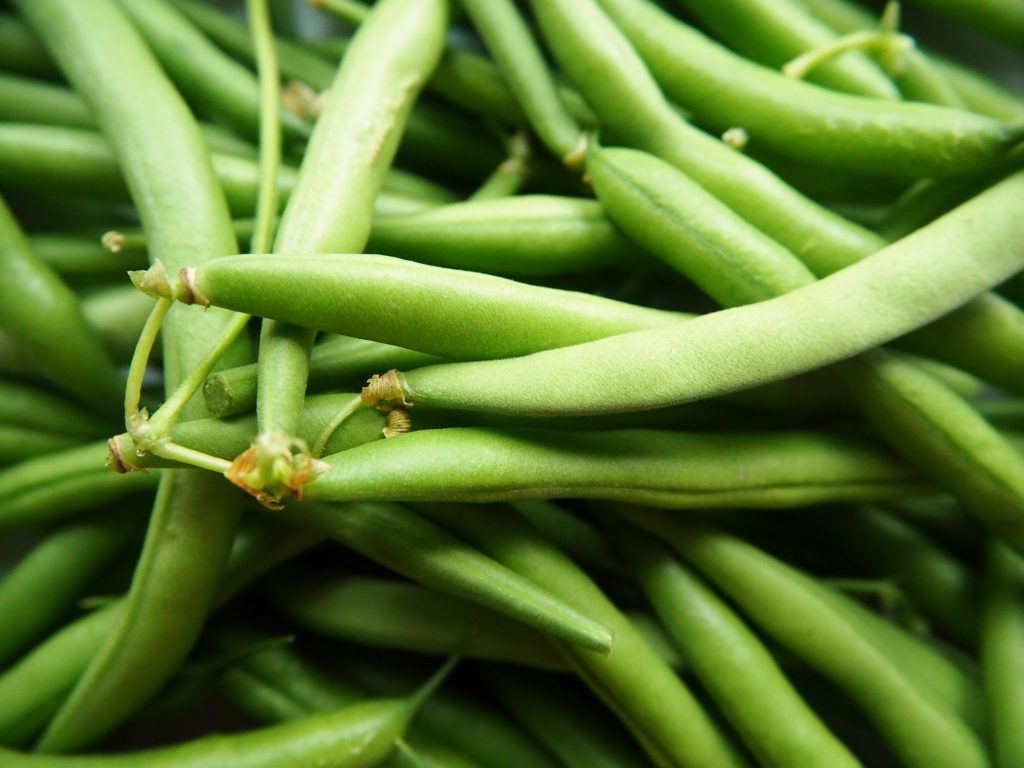
Beans are a staple in many gardens due to their versatility and ease of growth. July is an ideal time to plant bush and pole varieties, as they thrive in the warm summer soil. Beans are not only delicious but also enrich the soil with nitrogen, benefiting subsequent crops. Plant seeds approximately 1 to 2 inches apart, in rows that are 2 to 3 feet apart, for the best yield. Remember to provide adequate support for pole varieties, as they require trellises or poles to climb.
Beets

This root vegetable thrives in cooler conditions, and planting beets in July allows them time to mature before the first frost. Beets are nutritious, offering a rich color and sweet flavor that complements many dishes. When planting, space seeds about 3 inches apart in well-tilled soil. Thin the seedlings once they reach a few inches tall to ensure adequate room for growth.
Broccoli

July is a perfect time to start your broccoli for a fall harvest. This cool-weather crop can be grown from seeds or transplants, and planting now means you’ll have fresh florets come fall. Broccoli prefers fertile, well-draining soil and consistent moisture. Space plants about 18 inches apart to ensure good air circulation, which can help prevent pest problems.
Brussels Sprouts
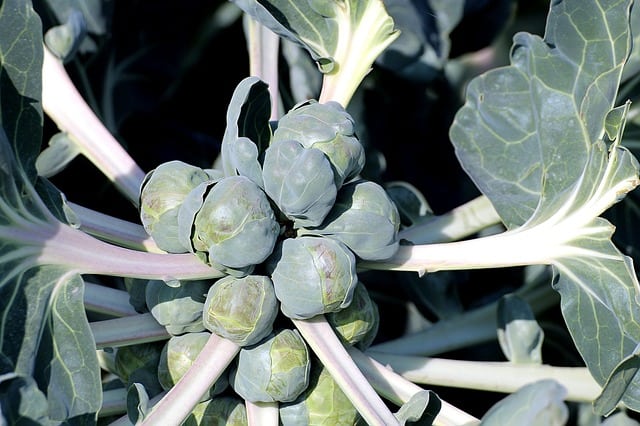
Brussels sprouts are another fantastic choice for July planting in colder zones. These nutrient-dense vegetables benefit from a lengthy growing period and can be sown directly into the ground. Space seeds about 24 inches apart to allow for ample growth, and consider providing some mulch around the plants to retain moisture and suppress weeds. As the sprouts develop, gently remove lower leaves to allow the mini cabbages to form more efficiently.
Cabbage

Planting cabbage in July offers the potential for a robust fall harvest. With proper care, cabbage can thrive in the heat of summer and enjoy a cool finish. Choose disease-resistant varieties and ensure they are planted in well-drained soil enriched with compost. Space the plants roughly 18 to 24 inches apart; this gives them room to grow while also maintaining air circulation to fend off pests.
Carrots
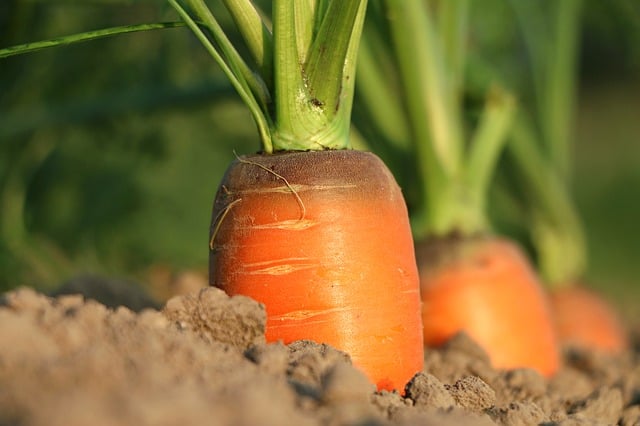
Carrots are a delightful root vegetable that can be planted in July for a fall harvest. These crunchy favorites thrive in the cooler months ahead and can be sown directly into the soil. Make sure to plant them in loose, sandy loam for best results, and sow the seeds thinly, about half an inch apart. Thinning the seedlings later on allows for the proper growth of the developing carrots.
Chinese Cabbage

Chinese cabbage, or napa cabbage, grows well in the cooler temperatures of late summer and early fall. Seeds can be sown directly into the ground in July for tasty harvests ahead. Make sure to space them about 12 to 18 inches apart for optimal growth. Be attentive to pests, as they can be prone to aphid and cabbage worm infestations.
Cilantro
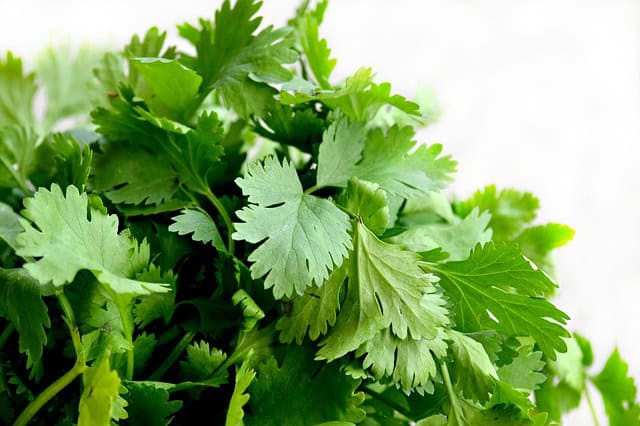
Cilantro thrives in less harsh summer conditions, making July a pleasant time to sow this flavorful herb. Known for its unique taste, cilantro can be sown directly into the soil in rows spaced 6 to 12 inches apart. Harvest the leaves frequently to encourage growth, and plant in partial shade if you find the midday sun too intense for new seedlings.
Endive
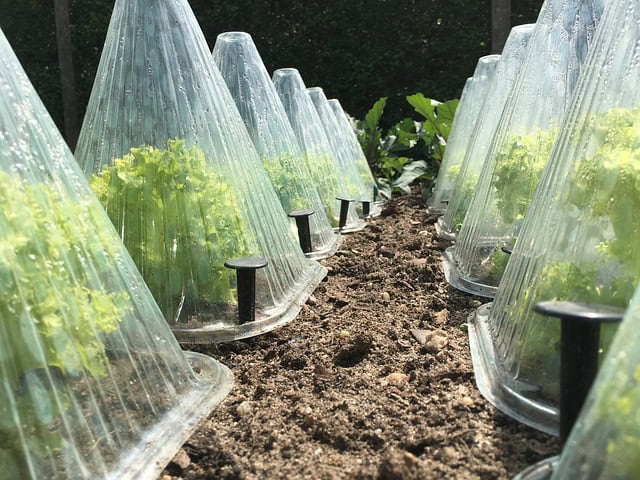
Endive is a chicory that does well in cool conditions, making it a smart choice for July planting. Its slightly bitter, crunchy leaves are great for salads or sautéing. Space seeds about 12 inches apart and provide consistent moisture to promote strong growth. Similar to lettuce, endive does well with some afternoon shade during peak summer temperatures.
Kale

This nutrient-rich leafy green is perfect for planting in July, as it grows happily in cooler conditions. With many varieties available, each with distinct flavors and textures, kale adds a nutritious addition to your garden. Space your plants about 18 inches apart for plenty of room to grow, and be sure to harvest the leaves frequently to encourage new growth.
Kohlrabi
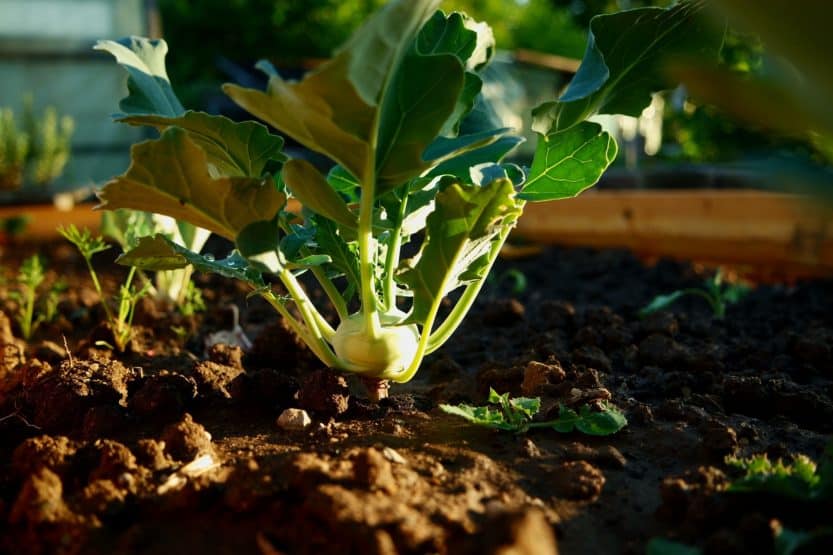
Kohlrabi, often overlooked, is a delicious and versatile member of the cabbage family. These crunchy vegetables are great for snacking and can be used in salads or slaws. Plant seeds directly in the soil about 4 inches apart, and thin them out gradually to allow the bulbs to develop. Keep moisture consistent to ensure strong and crisp crops.
Lettuce

Lettuce varieties thrive in cooler temperatures, which makes July an opportune month for planting. Consider growing different types of lettuce, such as romaine, leaf, or butterhead, for a diverse salad mix. Sow seeds in rows spaced about 12 inches apart and thin them out as they grow. Regular watering is essential, especially as the summer heat intensifies.
Parsley
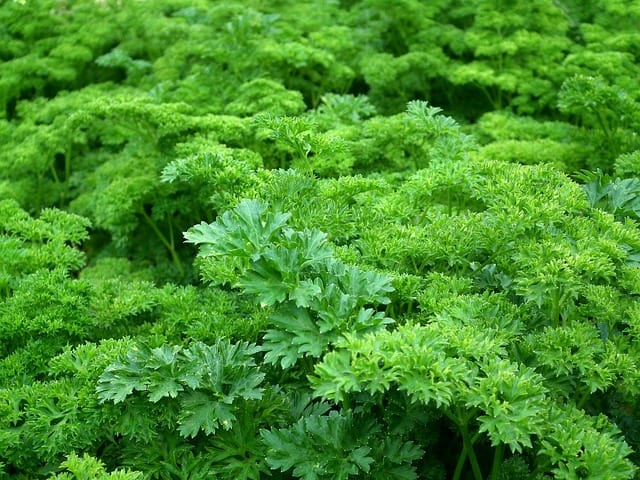
July is an excellent month to direct-seed parsley, a hardy herb that can withstand varying climates. Parsley grows best in rich, well-drained soil and can be harvested continuously throughout its growing season. Space seeds about 6 inches apart, and offer some shade in the hottest parts of the day to keep the plants thriving.
Radish
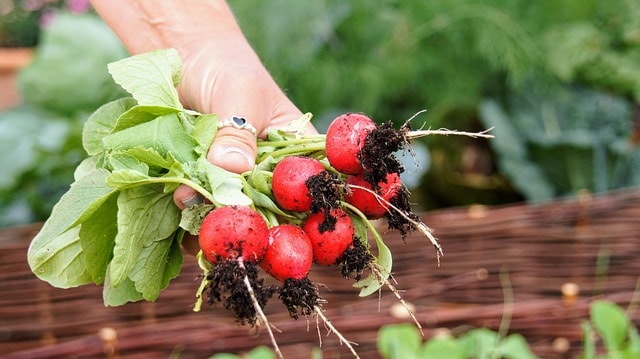
Radishes are among the fastest-growing crops you can plant in July. You can typically harvest them within just a few weeks. Their crisp texture and peppery flavor make them a delightful addition to salads. Plant seeds directly into the soil, spacing them about 1 inch apart, and ensure consistent moisture to promote their rapid growth.
Rutabaga

Rutabagas are a unique root vegetable that can be planted in July for a fall harvest. These hardy veggies can tolerate frost, making them an ideal choice for cooler zones. Space seedlings about 4 inches apart in rows that are 3 feet apart, ensuring to provide plenty of water for optimal growth.
Spinach
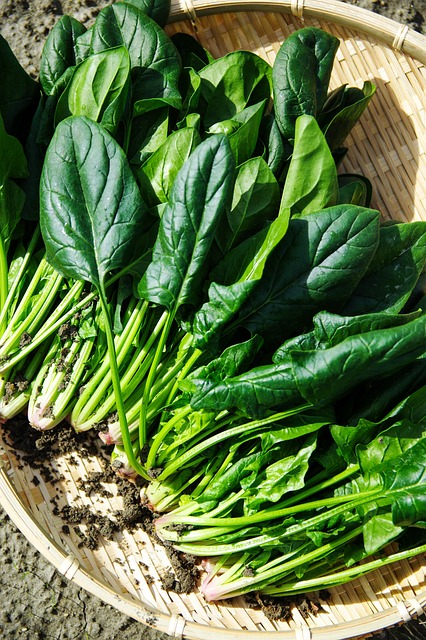
Spinach enjoys the cooler weather as summer winds down, and July is an ideal time for sowing seeds for a fall harvest. This leafy green is packed with nutrients and grows rapidly in well-drained, fertile soil. Thin your seedlings as they grow, and consider offering partial shade during the hottest parts of the day to keep them flourishing.
Swiss Chard
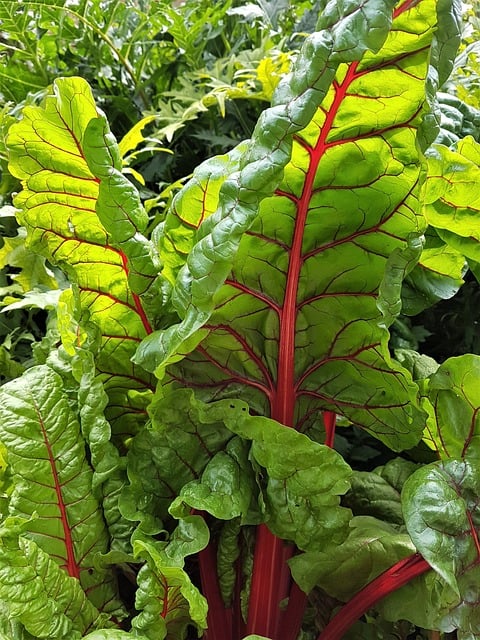
Swiss chard is a vibrant leafy green that can thrive even in July heat. This colorful vegetable loves rich soil, so be sure to add compost or organic matter before planting. Sow seeds 1 inch apart and provide plenty of water to support continuous growth. It’s a versatile plant that can be harvested at various stages, allowing you to enjoy it young and tender or wait for larger leaves.
Zucchini
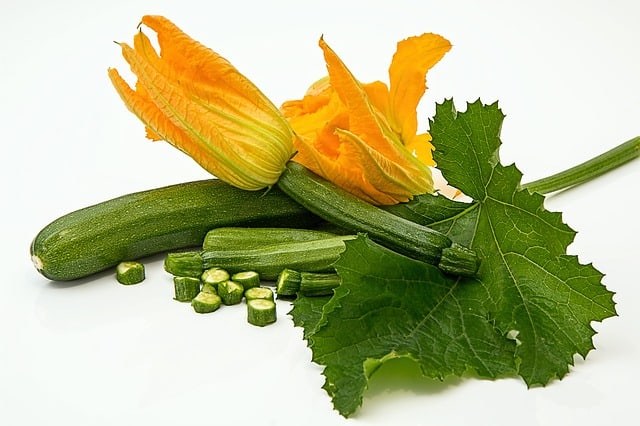
Zucchini is the summer squash that many gardeners love for its abundance. It can be planted throughout summer, including July, and provides generous yields. Plant seeds sparingly, about 2 inches apart in well-drained soil. The trick to managing zucchini is to keep an eye out for pests like squash bugs and to harvest regularly when fruits are young for the best flavor.
Zones 4 and 5
In zones 4 and 5, the growing season extends longer, allowing you to plant a mix of crops that can thrive in warm temperatures and then flourish into the cooler months. Here’s what you can plant in July for a successful harvest:
Basil
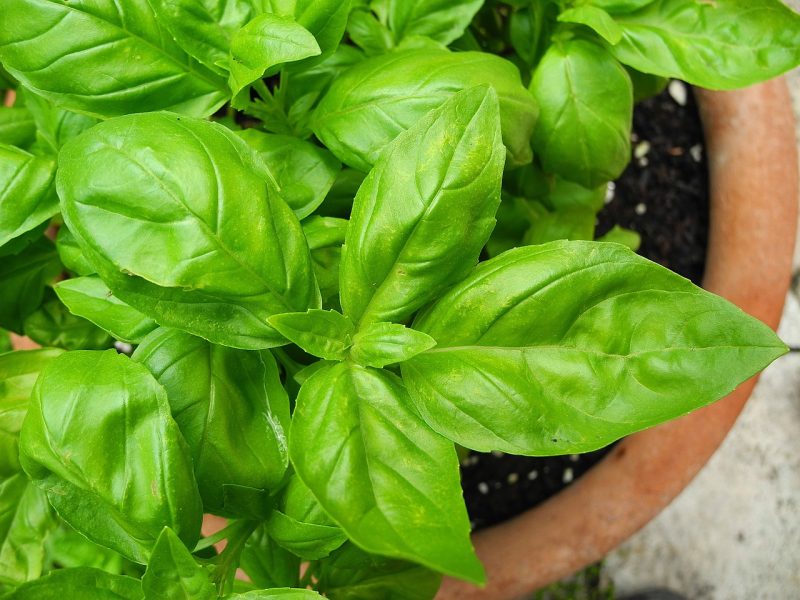
Basil is a fragrant herb that grows exceptionally well in the warmth of July. This culinary favorite is perfect for everything from flavoring pasta dishes to creating fresh pesto. Sow seeds directly in well-drained soil, ensuring that they are spaced about 12 inches apart. Regular harvesting of the leaves promotes bushier plants, so don’t hesitate to pinch off the tops.
Beets

Just as in Zone 2 and 3, July is a great time to plant beets in zones 4 and 5. The sweet, earthy flavor of homegrown beets is unmatched, and their vibrant color can brighten up any meal. Beets grow well in sandy or loamy soils, so prepare the ground accordingly before planting. Space seeds about 3 inches apart to enable them sufficient growth.
Carrots

Carrots do well in a long growing season, so plant them in July for an autumn harvest. These root vegetables benefit from weed suppression and consistent moisture. Ensure you thin out seedlings; this practice supports healthy root formation and minimizes competition for nutrients.
Cauliflower
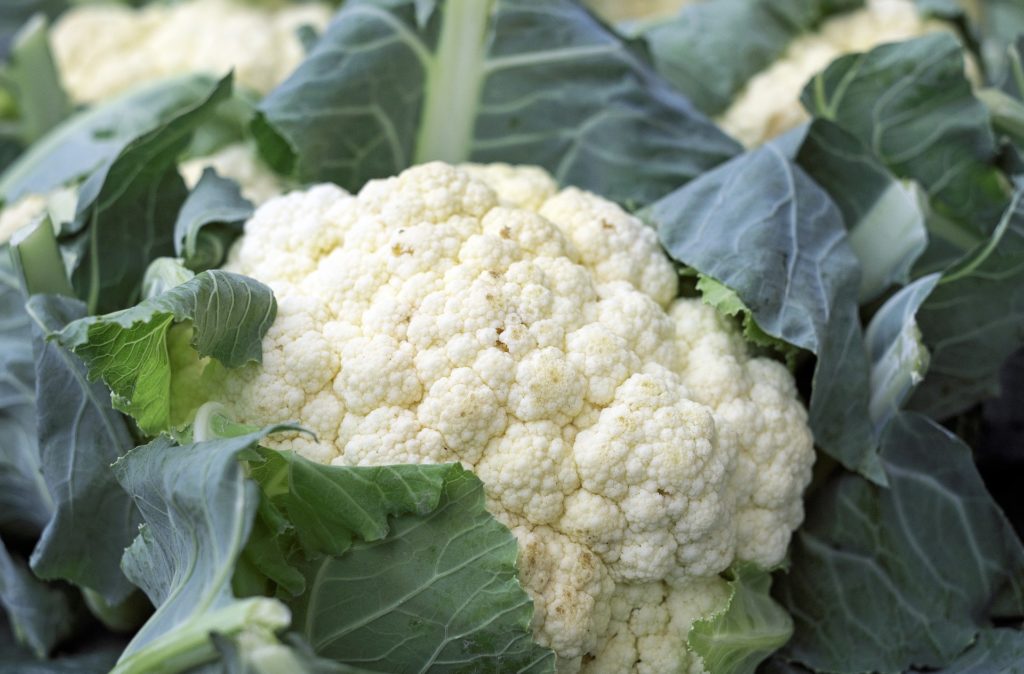
Cauliflower is another cool-season crop that you can start planting in July. Its unique flavor and versatility make it a staple in many recipes. Space seedlings about 18 to 24 inches apart, protecting them from pests and providing partial shade on particularly hot days to maintain optimal growth conditions.
Chinese Cabbage

Much like in Zones 2 and 3, Chinese cabbage enjoys the cooler end of the growing season and is an excellent July option for planting. Just ensure that you space seedlings appropriately and water them consistently to encourage strong development.
Collard Greens

In July, collard greens can be directly sown for a nutrient-rich crop that thrives in the summer heat. Space seeds about 12 inches apart and provide consistent watering, allowing the plants to flourish into the fall. Its robust leaves can be used in a variety of dishes and can continue to produce throughout the warmer months.
Green Onion
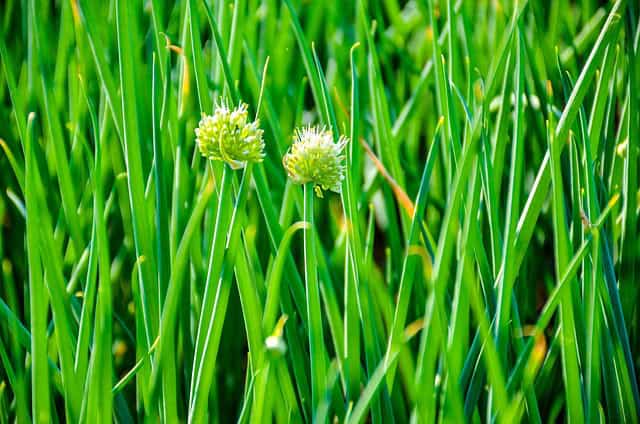
Green onions are easy to grow, making them perfect for planting in July. They don’t require much space or attention, and you can use the greens for many dishes. Plant green onion seeds or sets closely together in well-drained soil, allowing for plenty of harvests during the summer months.
Kale

Kale, another cool-season favorite, can be planted again in July for a late-season harvest. This nutrient-dense vegetable can be enjoyed fresh, sautéed, or blended into smoothies. Despite its hardiness, keep an eye on moisture levels and provide ample space between seedlings for optimal growth.
Kohlrabi

Kohlrabi is marvelous for July planting in warmer climates as it grows rapidly and can be harvested in as little as 60 days. This multifaceted vegetable offers a crunchy texture and deserves a spot in your garden. Space seeds about 4 inches apart and provide plenty of water to produce crisp, flavorful bulbs.
Leeks

Leeks can benefit from being planted in July, as they need a long growing season to mature fully. They can be direct-seeded or transplanted from previously grown seedlings. Space plants about 6 to 8 inches apart for optimal growth, ensuring consistent soil moisture.
Radish

As in lower zones, radishes are incredibly quick to germinate and yield in zones 4 and 5. Plant seeds directly into the soil, spacing them about 1 inch apart, and keep the soil moist to encourage rapid growth. Consistent harvesting ensures a continual supply throughout the summer.
Swiss Chard

Swiss chard remains a delightful choice in these zones as well, with a longer growing season offering even more fruitful yields. It’s vital to give plants enough space and water to thrive while also enjoying fresh salads and stir-fries filled with this vibrant vegetable.
Turnip
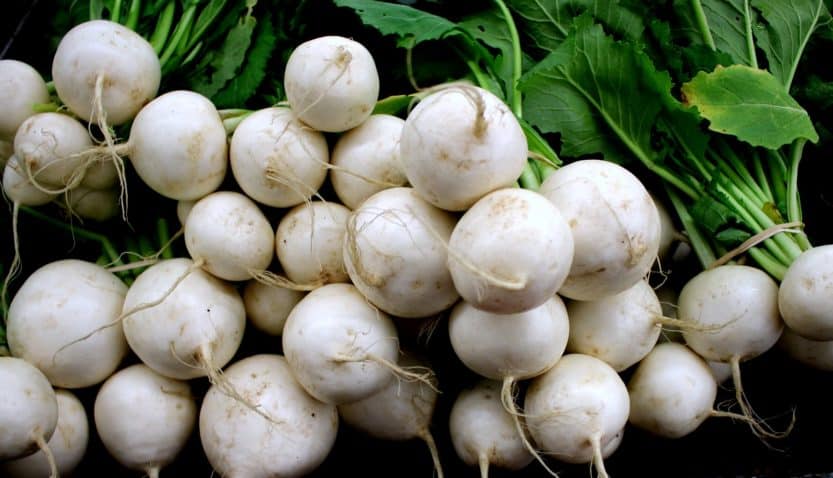
Turnips are excellent companions in your July garden, offering both the roots and greens for harvest. They mature quickly, making them ideal for a summer planting. Space seeds around 4 inches apart; their growth can be encouraged with consistent watering and care as the roots swell.
Zucchini

Zucchini is a beloved summer vegetable that thrives in warmer climates, including zones 4 and 5. Just as in cooler zones, plant seeds in well-drained soil, spacing them appropriately for optimal growth. Regular watering, pest monitoring, and timely harvesting will ensure your zucchini plants flourish.
Zones 6 and 7
In Zones 6 and 7, July is an ideal time for a variety of vegetables that will flourish in the warm conditions and can even withstand occasional cool nights. Here is a selection of crops to consider:
Artichoke

Artichokes are perennial beauties that can thrive in the warmer temperatures of July. These intriguing vegetable flowers require well-drained soil and full sunlight. When planting, ensure adequate spacing of about 4 to 6 feet between plants, as they can spread out quite a bit. With a little patience, you’ll be rewarded with not just stunning plants but delicious and nutritious budding artichokes.
Arugula

Arugula is known for its peppery flavor and rapid growth, making it perfect for July planting. As July brings warmer weather, ensure you’re planting arugula in well-draining soil with some afternoon shade during peak temperatures. Sow seeds about half an inch deep and spaced an inch apart; you’ll be enjoying fresh salads in no time.
Beets

In these zones, beets flourish in the summer heat, and planting in July can provide a hearty fall harvest. Beets like fertile soil and consistent moisture. Sow seeds about 3 inches apart with decent spacing between rows. This ensures adequate room for those vibrant, sweet roots to develop fully.
Brussels Sprouts

Brussels sprouts benefit immensely from July plantings, allowing them to mature as cool weather approaches. Start your seeds indoors or plant transplants directly in the garden about 24 inches apart. These lovely sprouts often require a bit more attention to moisture and nutrients but reward with fantastic flavors come fall.
Broccoli

For those looking to enjoy fresh broccoli, July is a perfect month for planting. This cool-weather crop can be grown from transplanting seedlings or sowing seeds directly into the soil. Space them about 18 inches apart in fertile soil and keep an eye on moisture levels to promote healthy growth.
Cabbage

July is an ideal month to plant cabbage, which thrives in cool seasons. Considering the growth size of each head, space seedlings adequately—typically 12 to 24 inches apart. Frequent watering and using mulch can help regulate soil temperature and moisture levels, leading to plump and vibrant heads of cabbage.
Carrots

Carrots thrive in cooler soils, making July plantings a great choice in these zones. When planting carrot seeds, there’s no need to plant deeply—about a quarter to a half inch is sufficient. Thin the seedlings to give them more space to grow and develop sweet, crunchy roots that will be ready for harvest come fall.
Cauliflower

Cauliflower is another cool-weather crop that benefits from a mid-summer planting. July allows you to grow cauliflower in ideal conditions for a late fall harvest. Provide rich, well-draining soil and keep plants spaced about 18 to 24 inches apart. Consistent watering is key to ensuring the heads grow tight and firm.
Cilantro

Known for its vibrant flavor, cilantro is a perfect herb for planting in July. It grows quickly, so it’s best to sow seeds directly into the garden in well-draining soil. Ideal spacing is about 6 inches apart; this allows the plants to flourish without competing for nutrients. Regularly cut back foliage to enjoy fresh leaves while promoting further growth.
Collard Greens

Collard greens grow exceptionally well in the heat of summer, making them an ideal crop for July plantings in Zones 6 and 7. Sow seeds directly into the garden and allow for 18 inches of space between plants. Rich soil and consistent moisture are vital for these hearty greens to thrive.
Dill
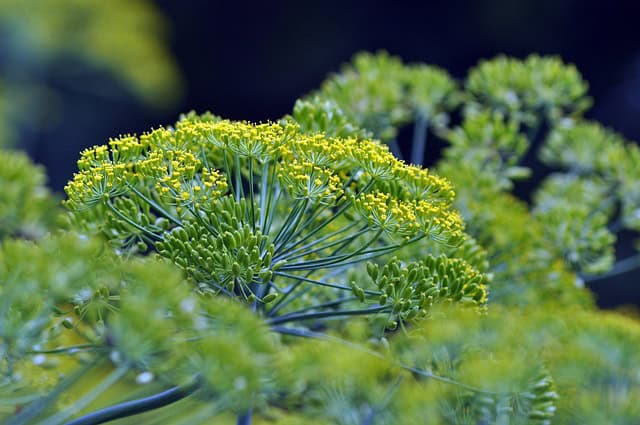
Dill is a charming herb that flourishes in July temperatures. It grows well in well-drained soil and should be sown directly into the garden. Space seeds about 12 inches apart, and remember that dill loves full sunlight. The feathery fronds can be harvested at any time, and the seeds can be collected to add a delightful flavor to your culinary creations.
Garlic
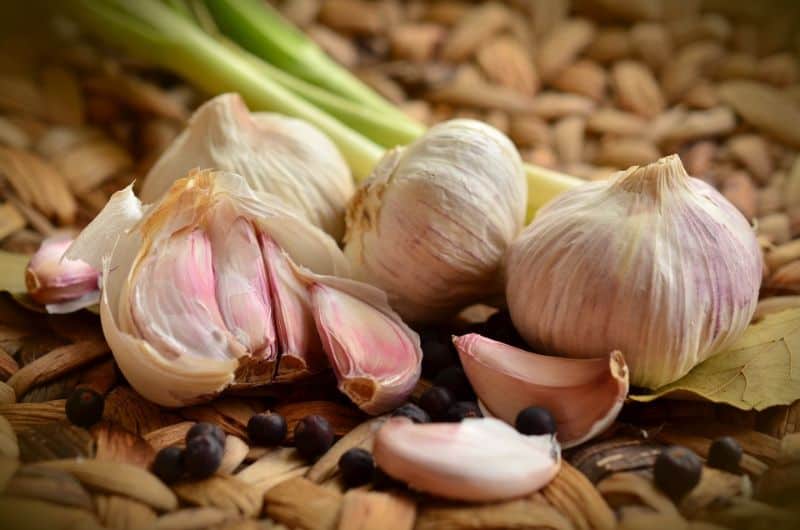
While garlic is often planted in the fall, July is also an excellent time to plant early garlic varieties for a spring harvest. Choose healthy bulbs and plant them with the pointed end facing upward in well-drained, nutrient-rich soil. Space bulbs 6 inches apart and mulch to help retain moisture.
Green Onion

Green onions are perfect for those seeking a quick-growing, easy crop for July. They can be planted in rows with an inch or two between plants. Keep the soil moist for optimal flavors and enjoy fresh onions throughout the summer in salads, sautéed dishes, or grilled recipes.
Kale

Kale thrives in the cooler temperatures that follow the heat of July, making it a perfect candidate for planting mid-summer. Plant seeds or transplants with about 18 inches of spacing. Kale is a hardy plant, so regular watering will encourage lush foliage and nutrient-dense leaves benefiting from a fall harvest.
Lettuce

Lettuce can be grown again in July, especially in regions with a longer growing season. Sow seeds directly into cooler, shaded areas to promote tender, crisp leaves. Thin them out properly once established, allowing for proper air circulation and room for growth.
Parsley

Parsley is another adaptable herb that can be grown in July. Its seeds may take a while to germinate, so be patient! Plant in rich, moist soil and give them about 6 inches of spacing for optimal growth. Once established, you’ll have ample fresh parsley to enhance your culinary creations.
Peas
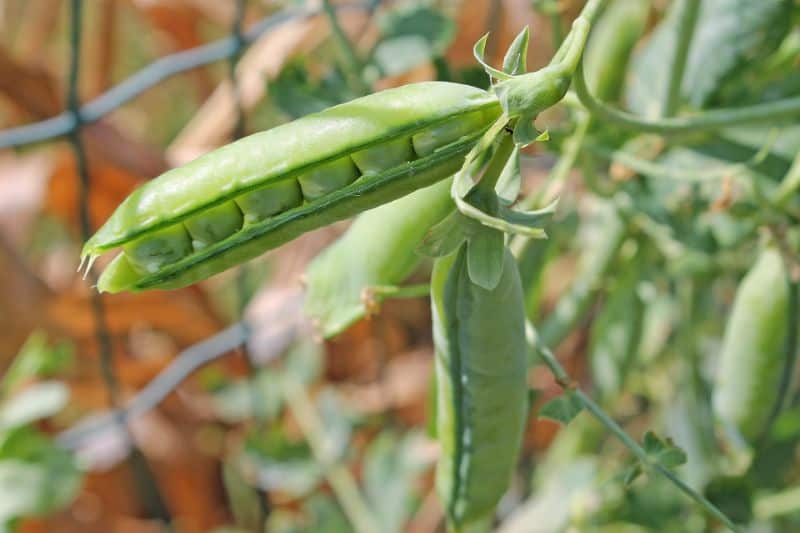
In Zones 6 and 7, July is prime time for fall-planted peas. Varieties like snap and snow peas grow best when sown in well-draining, fertile soil. Space your seeds about 2 inches apart, and provide trellising or support as they grow tall and lush.
Pumpkin
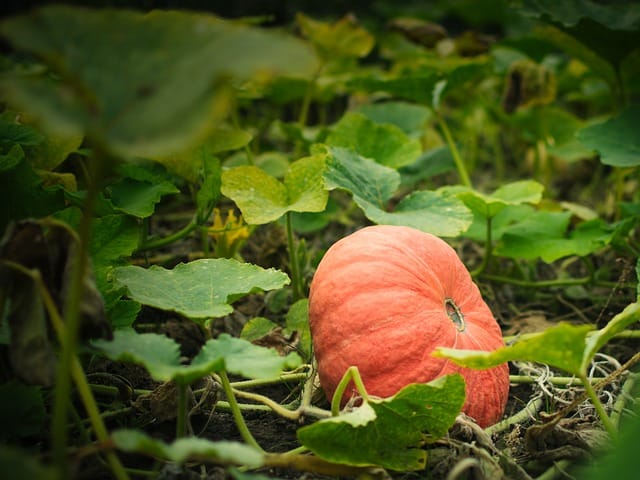
If you’re in the mood for making everything pumpkin-spiced, July is the month to plant these versatile squash. Choose a spot with plenty of sunlight and ample space, as pumpkins need room to sprawl. Sow seeds directly into the soil, spacing them about 3 feet apart; this allows for proper airflow and prevents disease.
Radish

Planting radishes in July yields quick results, as they typically mature in about 3 to 4 weeks. Sow seeds about an inch apart in loose, well-draining soil, and keep them well-watered. As they grow, ensure consistent moisture to maintain that lovely crunch we all love.
Spinach

Spinach has the advantage of thriving in cooler weather; planting it in July will allow for a beautiful fall crop. Space seeds about 2 inches apart, ensuring that the soil stays moist and rich. Beyond salads, spinach is versatile for cooking and can be frozen for winter use.
Swiss Chard

Swiss chard is a colorful leafy green that flourishes in the warmth of July. It can be sown directly into the garden with seeds spaced about 6 inches apart. Regular harvesting encourages fresh growth, making this a wonderful component for salads, sautés, and more.
Sweet Corn
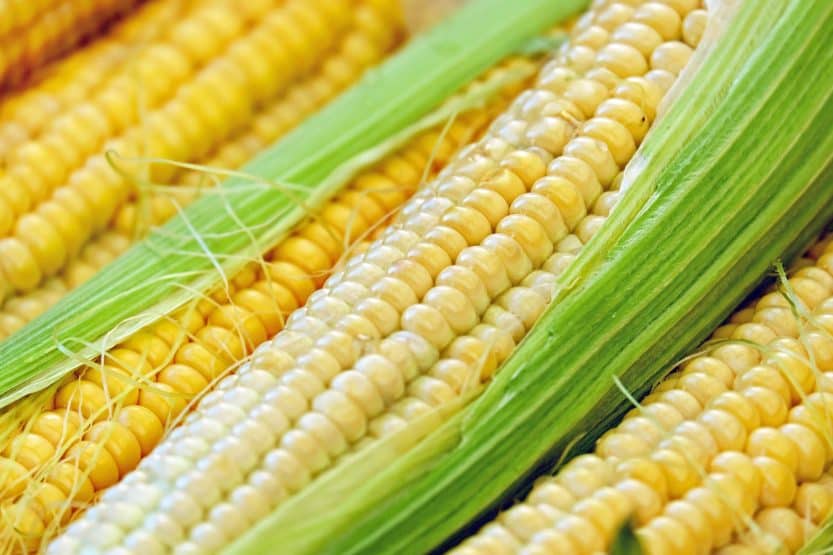
Sweet corn enjoys summer warmth, and planting it in July can yield a delicious fall harvest. Space seeds about 8 to 12 inches apart in rich, well-drained soil. Keep the area free from weeds and water consistently to promote robust growth and sweet kernels.
Zucchini

July remains a prime time for zucchini, which is a prolific producer if tended to correctly. Seeds should be sown in well-drained soil about 2 inches apart. Regular watering, pest management, and timely harvesting will ensure high yields throughout the summer.
Zones 8 to 10
Zones 8 to 10 enjoy a longer growing season, making it the ideal setting for an extensive variety of vegetables. July is a fantastic time to plant the following:
Artichoke

If you haven’t yet tried growing artichokes, July is an excellent opportunity to do so. These perennial plants thrive in warmer climates and can become a beautiful attraction in your garden. They require rich, well-drained soil and full sun, so ensure to provide proper spacing to accommodate their widely spreading growth.
Brussels Sprouts

Brussels sprouts can be planted in July for a late fall crop. Transplants work well when started indoors ahead of time. Proper spacing of 18 to 24 inches between plants will allow them to grow robustly. Keep soil nutrient-rich and monitor moisture to ensure your sprouts develop well.
Cauliflower

July is perfect for planting cauliflower in warmer zones, allowing the plants to mature in time for cooler temperatures. Space seedlings about 18 to 24 inches apart, and keep the soil moist to encourage firm heads and lush, green leaves.
Cilantro

Cilantro enjoys the warm summer spices, and planting it in July ensures a bountiful herb harvest. Sow seeds directly into your garden bed with spacing of about 6 inches. This fragrant herb thrives in full sun, and regular harvesting encourages growth.
Collard Greens

Collard greens are an excellent addition to a summer garden, and July planting allows for their quick establishment. Space plants about 18 inches apart, ensuring they have room to grow and thrive. Rich, moist soil is key to growing strong collards for late summer harvests.
Corn

Corn grows quickly and can be sown in July for delicious late-summer harvests. Ensure ample spacing of about 12 inches between seeds in well-draining soil to encourage strong stalks. Consistent watering will make all the difference in ensuring sweet and succulent corn for your summer feasts.
Cucumbers
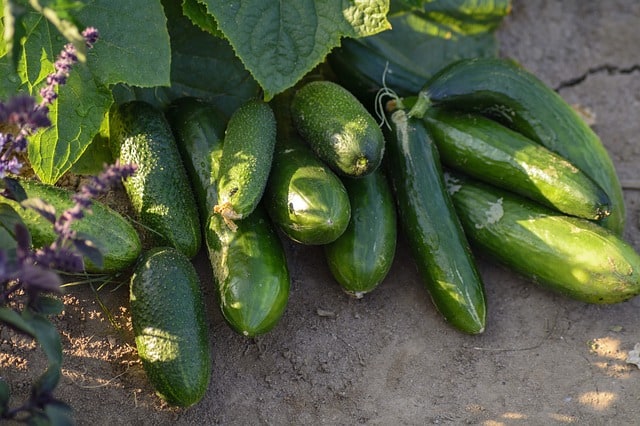
Cucumbers thrive in the summer heat, making July the perfect time to plant! Space seeds about 12 inches apart in well-drained, nutrient-rich soil. Be sure to provide trellises for climbing varieties, as they help in managing space and promote better air circulation around the plants.
Dill

Dill continues to be a great herb choice for July planting. It loves warm weather and can be started directly in the garden. Space the seeds about 12 inches apart for best results. This herb not only enhances salads and dishes but also attracts beneficial insects to your garden.
Eggplant
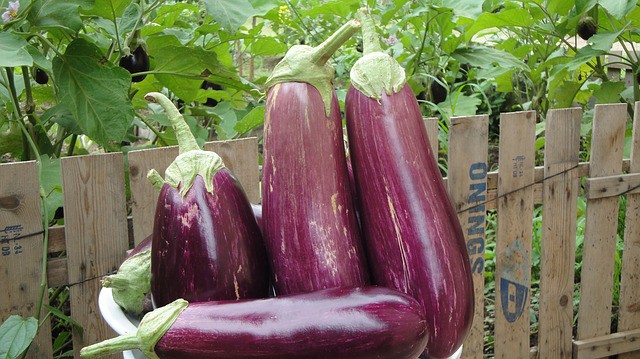
Eggplant flourishes in warm weather, so July is a prime month for planting. Make sure your eggplants are spaced 18 to 24 inches apart in rich, well-drained soil. With consistent watering and a little attention to pests, you’ll enjoy bountiful harvests of glossy, vibrant fruit.
Gourds
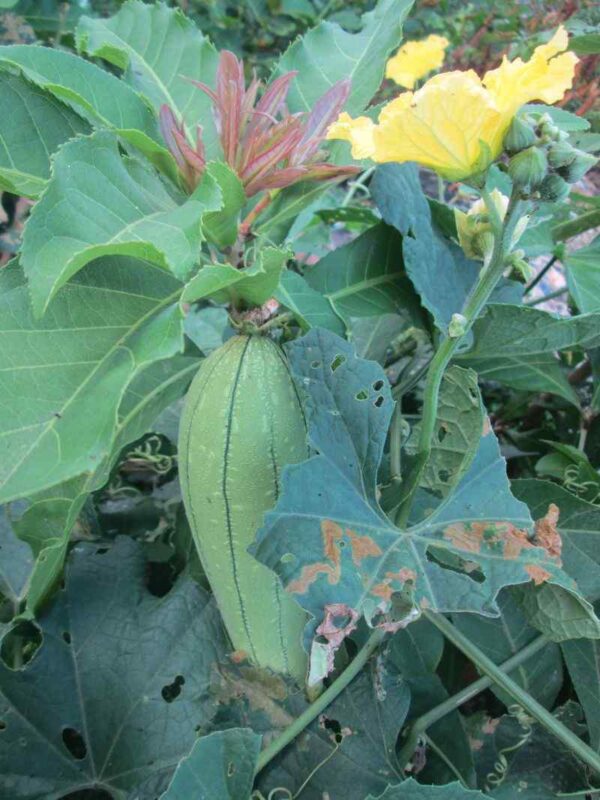
If you want to have fun with your summer garden, consider planting gourds in July. They’re easy to grow and come in various shapes and sizes, making them perfect for decorations. Space seeds generously, as they spread out quickly, and ensure they receive adequate sunlight and water.
Green Onion

Just like in the cooler zones, green onions thrive in the warmth of Zones 8 through 10. Plant them in fertile soil with spacing of a couple of inches apart. These hardy onions are fantastic for extending your culinary creations throughout the summer.
Okra
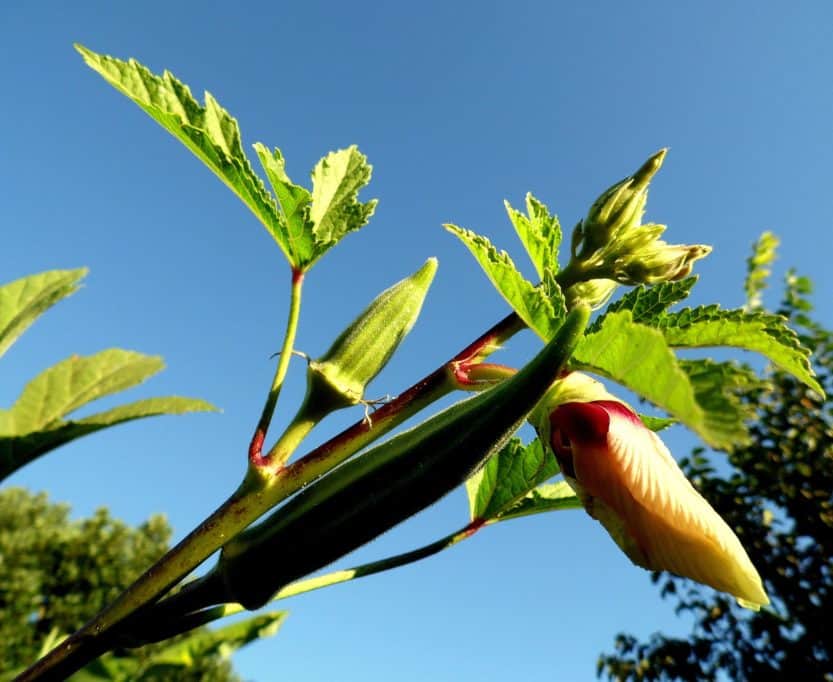
Okra loves hot weather and is an excellent vegetable to plant in July. It thrives in full sun and requires well-drained, fertile soil, ideally spaced 12 inches apart. Okra plants are resilient and tend to yield plentiful pods, which are delicious when cooked or added to stews.
Onion
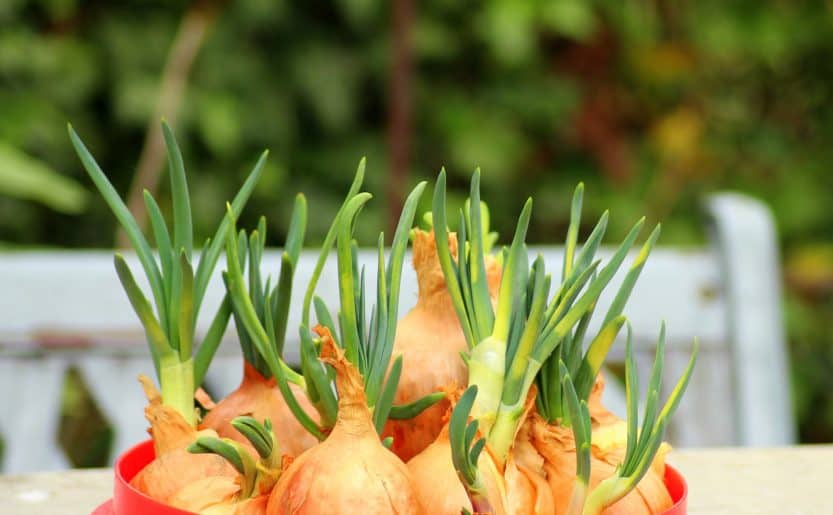
For a great summer crop, consider planting onions in July. They require well-drained soil and ideally should be spaced 6 to 8 inches apart. Regular watering is essential to ensure healthy bulb growth, leading to a flavorful addition to your kitchen.
Peas (Southern)
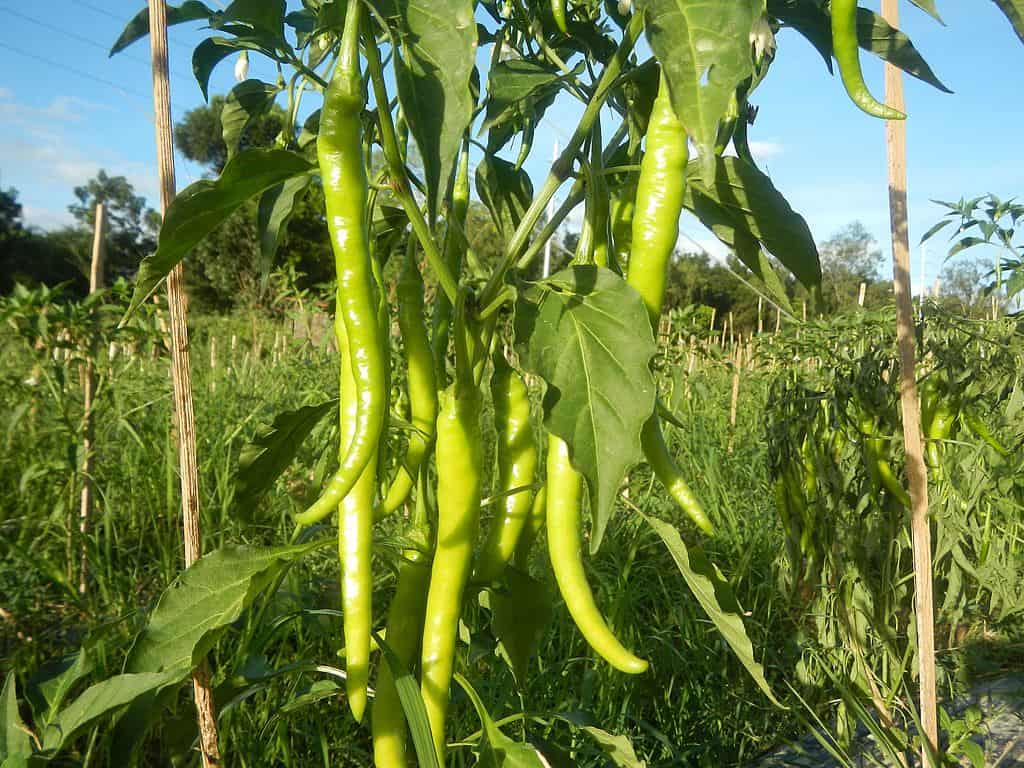
Southern peas can be planted in July for an extended growing season. These legumes love the warmth and can thrive in well-drained soil. Sow seeds about 2 to 3 inches apart for abundant harvests and a great source of protein-rich nutrients.
Peppers

July is optimal for planting peppers, which enjoy warm weather and can be quite productive. Space them about 18 inches apart in well-drained soil, providing support as they grow. Regular watering and a sunny location will lead to abundant, flavorful peppers for the summer.
Potatoes
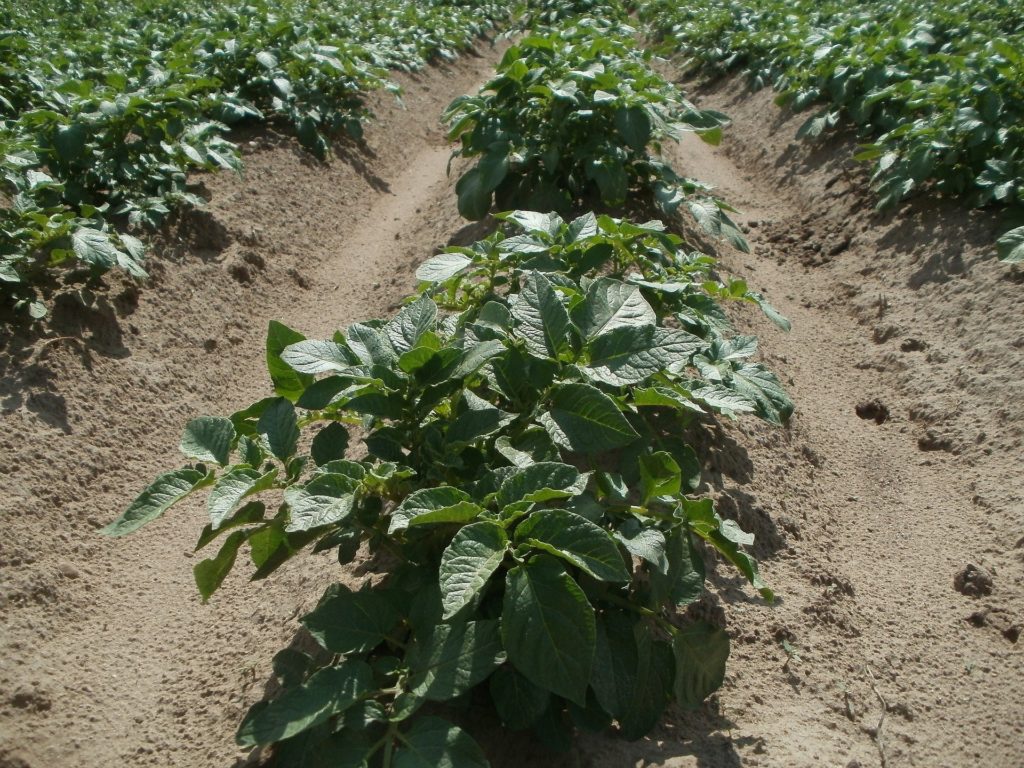
In warmer zones, July can be an excellent time for late-season potato planting. Choose disease-resistant varieties and plant tubers in well-drained soil. Space them approximately 12 inches apart for optimal growth. Consistent moisture is crucial for developing healthy, scrumptious potatoes.
Pumpkin

July remains a perfect time for pumpkin planting in warmer zones. Space seeds suitably in well-drained soil and ensure adequate sunlight and water for these sprawling vines. Enjoy watching them flourish and provide a flavorful harvest for fall festivals and decorations.
Squash
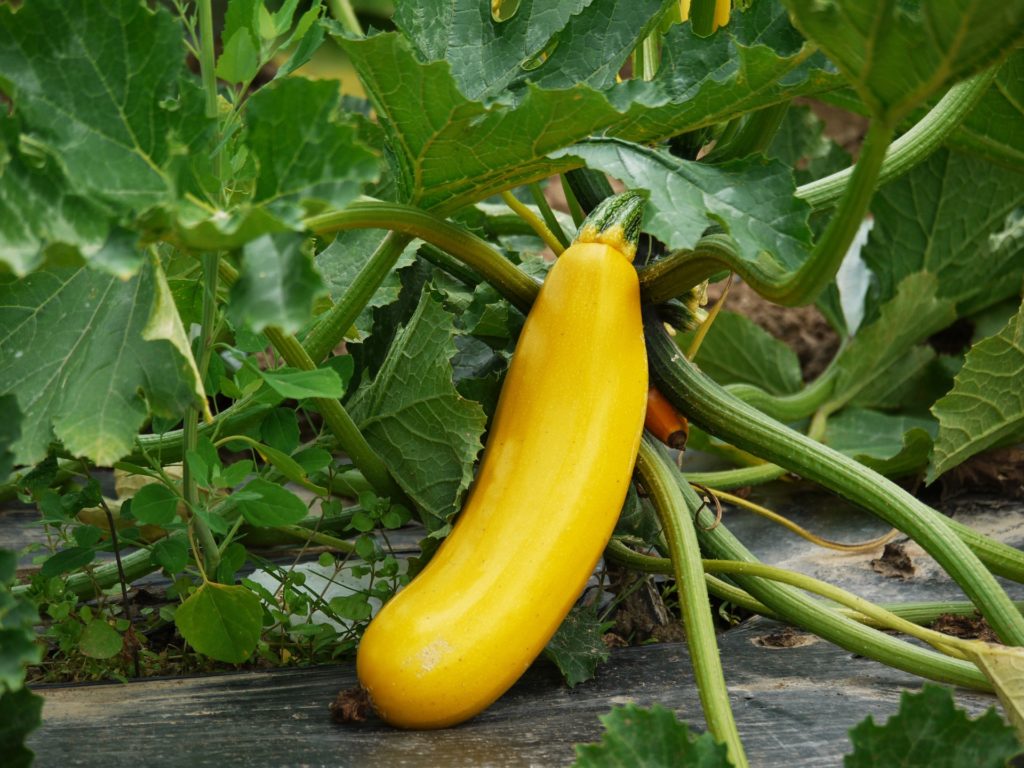
Summer squash varieties thrive in July, providing an abundance of fresh vegetables throughout the summer. Directly sow seeds about 3 feet apart in fertile soil. Regular watering and pest management will lead to robust growth and vibrant fruits ready for harvesting.
Sweet Corn

Plant sweet corn in July for delicious end-of-summer harvests. Suitable spacing is about 12 inches between seeds, planted in fertile, well-draining soil. Make sure to water consistently and monitor for pests to enjoy sweet grass-fed corn.
Swiss Chard

Swiss chard does well even in July, allowing you to enjoy its vibrant, nutrient-dense leaves. Space seeds about 6 inches apart in fertile soil, and ensure you provide consistent moisture. The young leaves are perfect for salads, while mature leaves can be cooked or sautéed.
Tomato
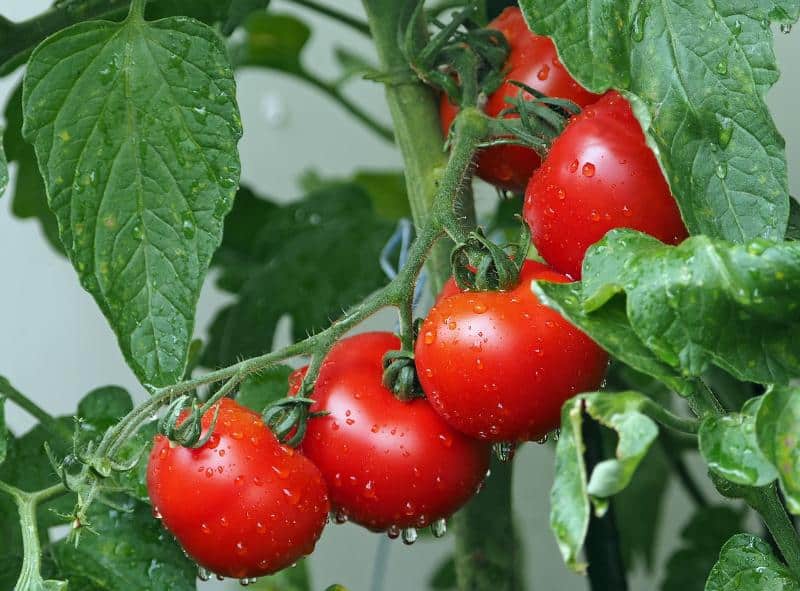
Tomatoes are a summer garden staple, and July is a key month for planting. Invest in healthy seedlings, space them about 24 inches apart, and provide sturdy support for those robust plants. Regular watering will keep plants thriving and help prevent blossom end rot.
Zucchini

A hallmark of summer gardens, zucchini can be planted in July for abundant yields. Space seeds adequately in rich soil near sunlit areas, allowing the plants to thrive. Timely harvesting of young zucchinis ensures the plants provide a constant supply of tender vegetables.
Zones 11 to 13
Finally, if you’re in Zones 11 to 13, your gardening opportunities are expansive in July. This region enjoys warm weather year-round, making it suitable for various crops. Here’s what to consider:
Artichoke

Artichokes can thrive year-round in warmer zones, making July an excellent month to plant. These perennial vegetables require ample space and well-drained soil. Ensure they receive plenty of sunlight, and with care, transform into beautiful and productive plants.
Eggplant

Eggplant flourishes in warm conditions and can be planted in July. Prepare well-drained, fertile soil and sow seedlings with a spacing of 18 inches apart. Keep up with watering and pest management for a bountiful harvest of purple, glossy fruits.
Garlic

While garlic is often planted in the fall, it can be successfully grown year-round in these warmer zones. Plant garlic cloves with the pointed end facing upwards in rich, well-draining soil. Space cloves approximately 6 inches apart, and enjoy harvesting fresh garlic when the bulbs develop.
Herbs
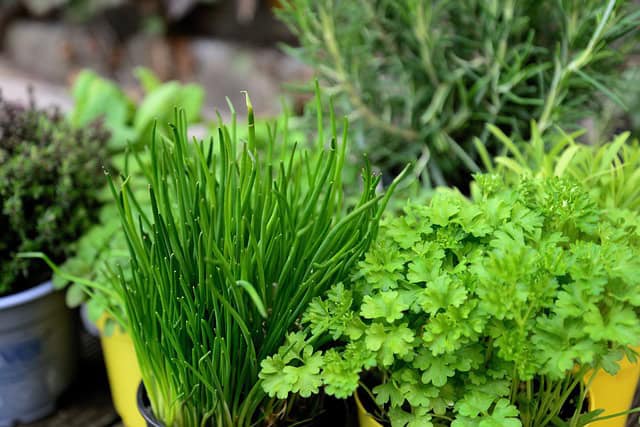
The warm climates of Zones 11 to 13 are perfect for growing an array of herbs throughout the year. Consider experimenting with basil, rosemary, thyme, and mint, among others. Plant them in well-drained soil, ensuring they receive full sunlight and adequate water for robust growth.
Melon
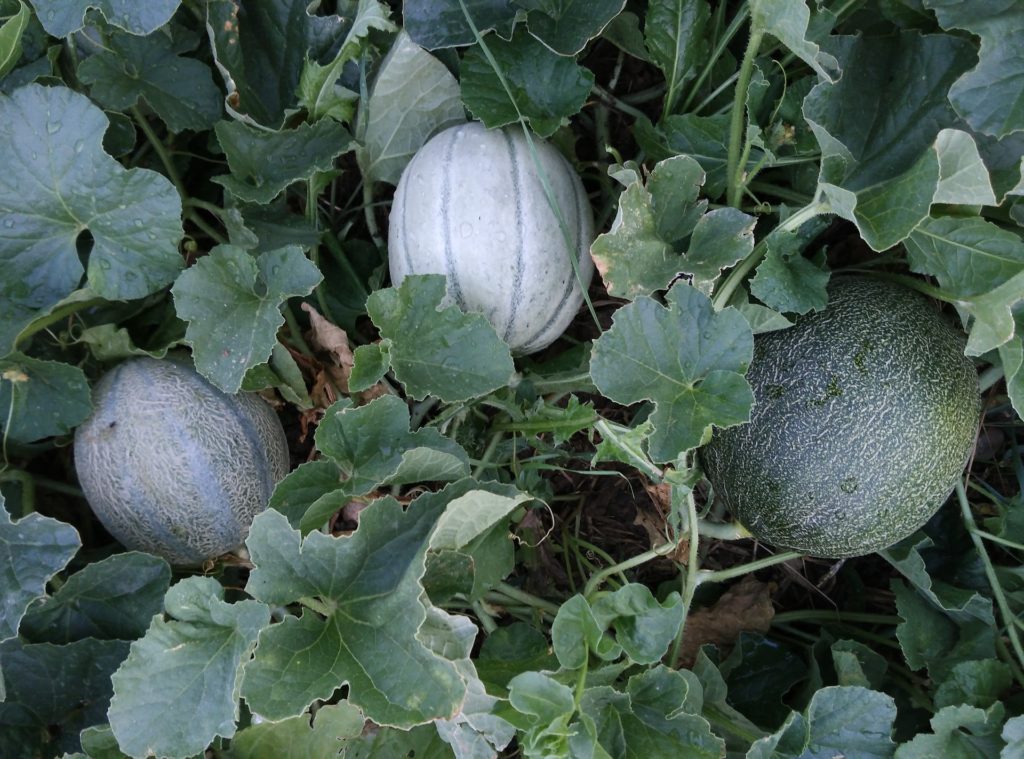
Melons thrive in the warmth of July and can bring a refreshing sweetness to your summer garden. Space seeds about 24 inches apart in rich soil, and provide plenty of sunlight and water. With a little care, you’ll enjoy juicy melons that are perfect for hot summer days.
Peppers

July is a great time to plant a variety of peppers in warmer zones. They thrive in full sun and grow exceptionally well in rich, loamy soil. Space them about 18 inches apart for healthy growth and abundant harvests, from bell peppers to spicy varieties.
Potatoes

Potatoes can be grown in warmer climates as well, and July is an excellent opportunity for late-season planting. Spacing of about 12 inches works well in nutrient-rich, well-drained soil. Consistent moisture is crucial for a successful potato crop.
Sweet Potato
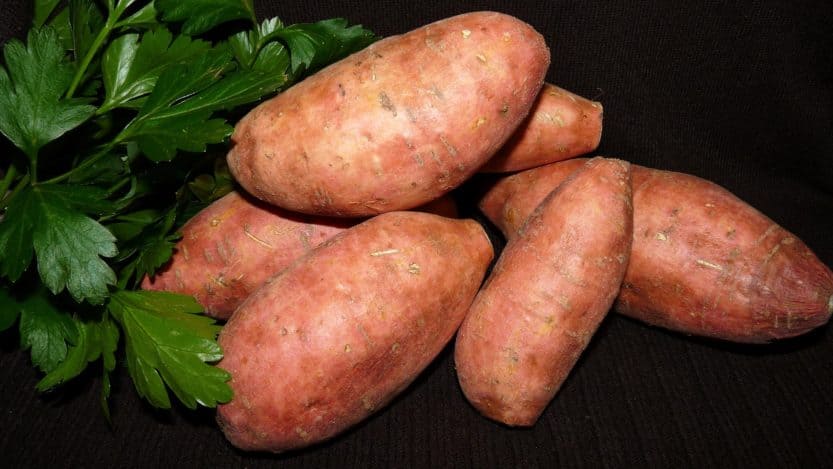
Sweet potatoes enjoy long summers and can be planted in July for a wonderful fall harvest. Plant slips in rows with ample space between them, ensuring well-drained soil and consistent moisture. With the right care, you’ll be rewarded with sweet, delectable tubers.
Tomato

In Zones 11 to 13, tomatoes continue to be a favorite for July planting. Set seedlings in well-prepared soil, spacing them about 24 inches apart. Monitor for pests, and provide support to the growing plants for healthy development throughout the season.


